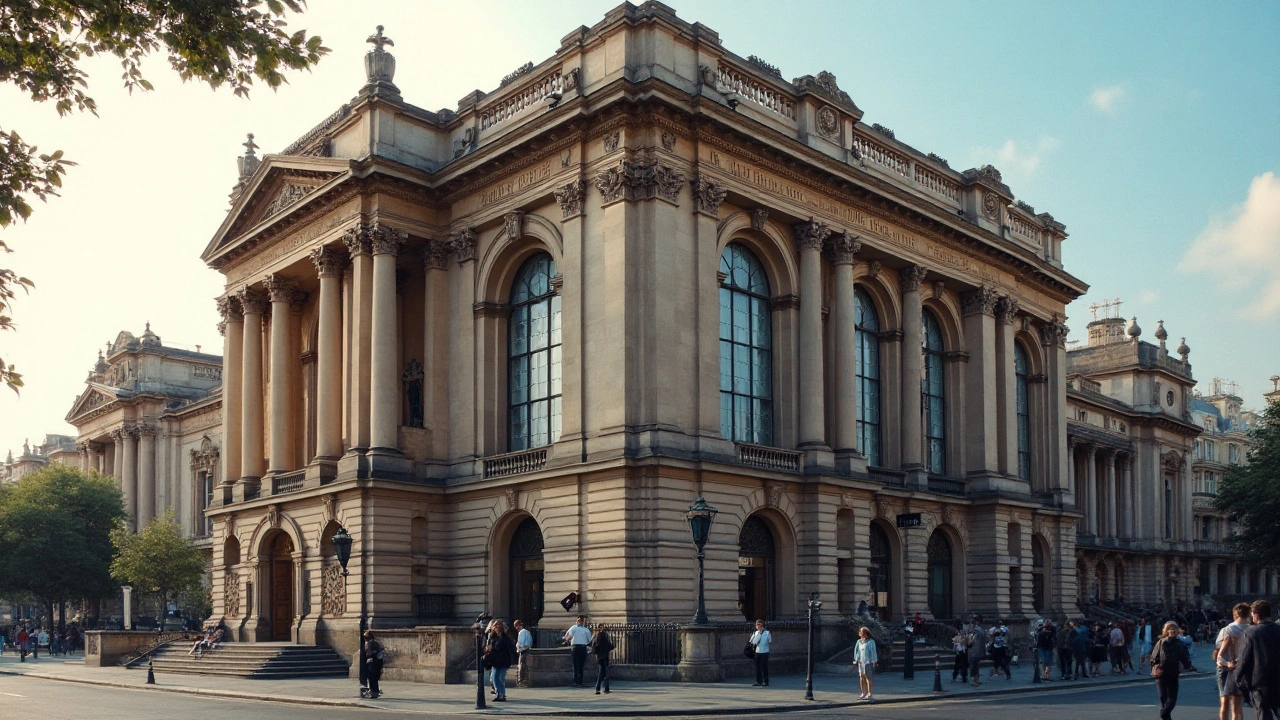Explore why ancient Roman architecture still matters today, uncover its clever innovations and the timeless ways it shapes our world.
Historical architecture: a practical guide to styles, features, and spotting tips
Some city buildings are older than the countries that now surround them. Walk past a courthouse or bank and you’re likely seeing Greek columns, Beaux-Arts sculpture, or a Roman arch all mixed into one skyline. This short guide helps you spot styles fast, understand why they matter, and use historic ideas in real projects.
Spotting styles in minutes
Ancient Roman: look for arches, vaults, thick masonry, and concrete vaulting techniques used in aqueducts and amphitheaters.
Greek Revival: tall columns (Doric, Ionic, Corinthian), triangular pediments, strict symmetry, often painted white to mimic marble.
Renaissance: balance, clear proportions, domes, pilasters and a focus on human scale — think Florence and the Duomo.
Baroque: drama and movement, curved forms, heavy ornament, bold light-and-shadow compositions.
Beaux-Arts: grand staircases, sculpted figures, layered classical orders and wide boulevards framing civic buildings.
Colonial: European forms mixed with local materials and climate solutions — verandas, shutters, and adapted roofs.
Georgian: strict symmetry, brick facades, sash windows, decorative cornices and simple elegant proportions.
Constructivist: geometric volumes, exposed structure, industrial materials and bold graphic forms from early Soviet design.
High-Tech: visible engineering, glass and steel skins, services and structure celebrated rather than hidden.
Neo-Futurism: sweeping curves, advanced materials, and forms that look engineered for motion and light.
Use historic styles smartly
If you’re renovating, start by reading the building’s history and any preservation guidelines that apply. Keep proportions and cornice lines; modern inserts like windows or HVAC should respect original rhythms.
Fix mortar with matching mixes, preserve original wood or stone where possible, and use reversible interventions for new work. Adaptive reuse is often the smartest option — turning a bank into a library or a factory into lofts keeps structure alive and saves resources.
When designing new buildings near historic ones, match scale and rhythm rather than copying ornament; honest contrast can work if proportion is right.
On a city walk, test your eye: pick one building type and compare three examples from different eras — notice how columns, windows, and rooflines change.
Want quick reads? Start with these: 'Ancient Roman Architecture Techniques', 'Beaux-Arts Architecture: Timeless Glory', and 'Colonial Architecture: History, Culture, and Art Shaping Iconic Spaces.' If you love details, read about Georgian brickwork, Greek columns, and Renaissance proportions next.
Checklist: note building date, materials, main structural system, decorative elements, window type, roof shape, historical use, any visible repairs, signage, and context in the street.
Record photos from the same distance and angle for each site, include a shot of the whole block, and compare textures—brick bonds, stone tooling, and paint layers tell maintenance stories.
If you work on restoration, contact local preservation groups early; grants and tax credits often require plans before work begins, and early advice saves time and money.
Start small: restore a cornice, fix original windows, or mend masonry with matching mortar carefully.
Discover how Beaux-Arts architecture has left a lasting imprint on societies around the globe. From grandiose public buildings to elegant private homes, this architectural style has both shaped cityscapes and influenced modern design principles. Learn about its origins, key features, and notable examples that continue to be celebrated today.
As a passionate lover of architecture, I am always thrilled to share the magnificent stories behind different styles. Today, let's dive into the world of Greek Revival Architecture - the epitome of elegance. This unique architectural style, with its detailed craftsmanship and striking designs, has left an indelible mark on the history of architecture. Being inspired by ancient Greeks, it offers not just aesthetic appeal but also intriguing anecdotes. So, join me as we travel through time admiring the inspiring Greek Revival wonders!



